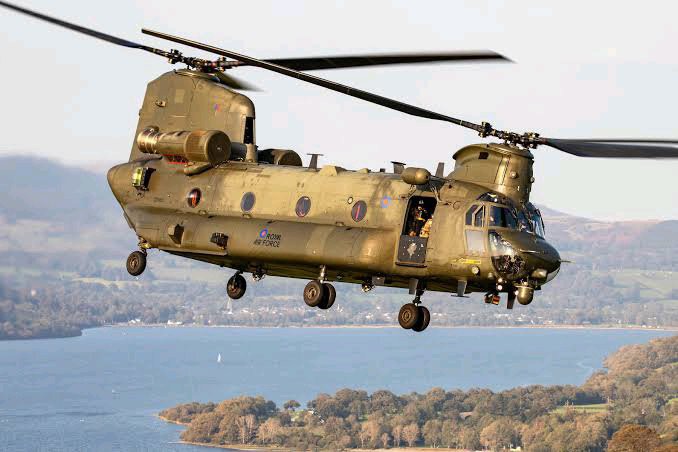The American military will surely be on the podium of recognition when talking about countries with the most developed militaries in the world. The United has one of the largest armies in the world with about 2 million active service and about 1 million reserves.
It’s a fact handed down since the distant time that the United States are masters of military aircraft, ranging from the F-35B lightning to the Lockheed Martin, to the F-5N Tiger II, to the KC-130J Super Hercules, etc.
In this article, I will be showing you the Chinook Helicopter the US military used to transport their vehicles.
The American rotorcraft company Vertol created the Boeing CH-47 Chinook, a tandem rotor helicopter that is made by Boeing Vertol. One of the heaviest-lifting Western helicopters is the Chinook, a heavy-lift helicopter. The Native American Chinook people of Oregon and Washington state gave it the name Chinook.
According to MilitaryBudget, It was developed in 1962 mainly for the air-lighting of soldiers, vehicles, and heavy military weapons to needed places. The Chinook is equipped with several doors spanning the fuselage, a sizable loading ramp at the back of the fuselage, and a total of three external ventral cargo hooks to carry underslung loads.
It is powered by 2 × Lycoming T55-GA-714A turboshaft engines, capable of producing 3,529 kW of electricity each. It has a troop carrying capacity of 33–55 and a payload of 10,886kg, a length of 98 ft, a width of 12ft, and a height of 18ft….S££ MOR£
See How People Get Air And Oxygen Inside A Submarine As It Has No Windows And Ventilation

